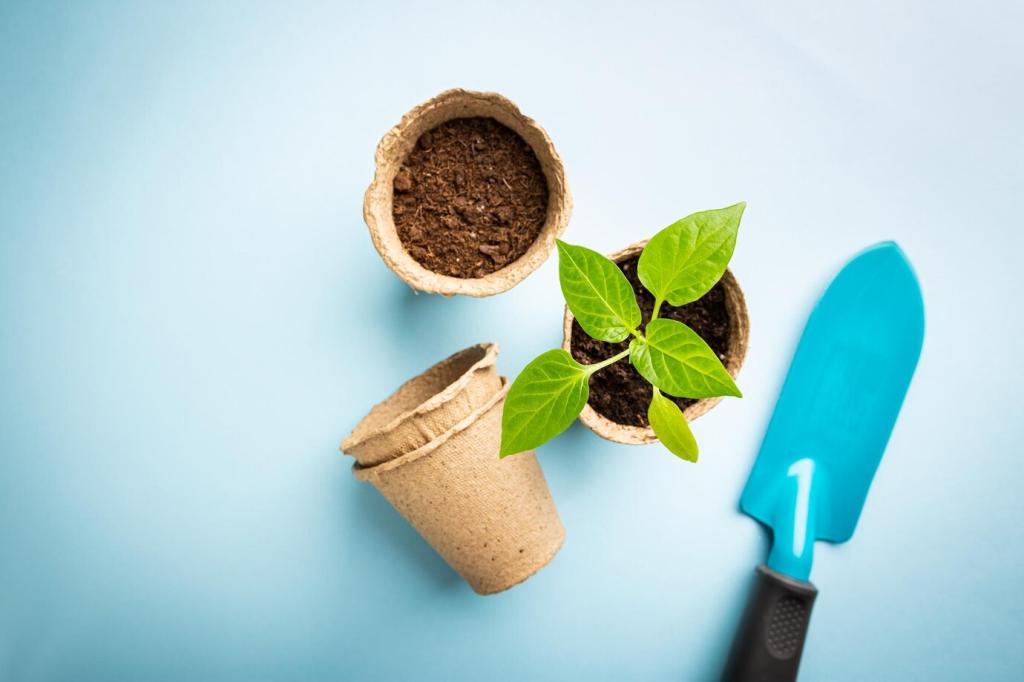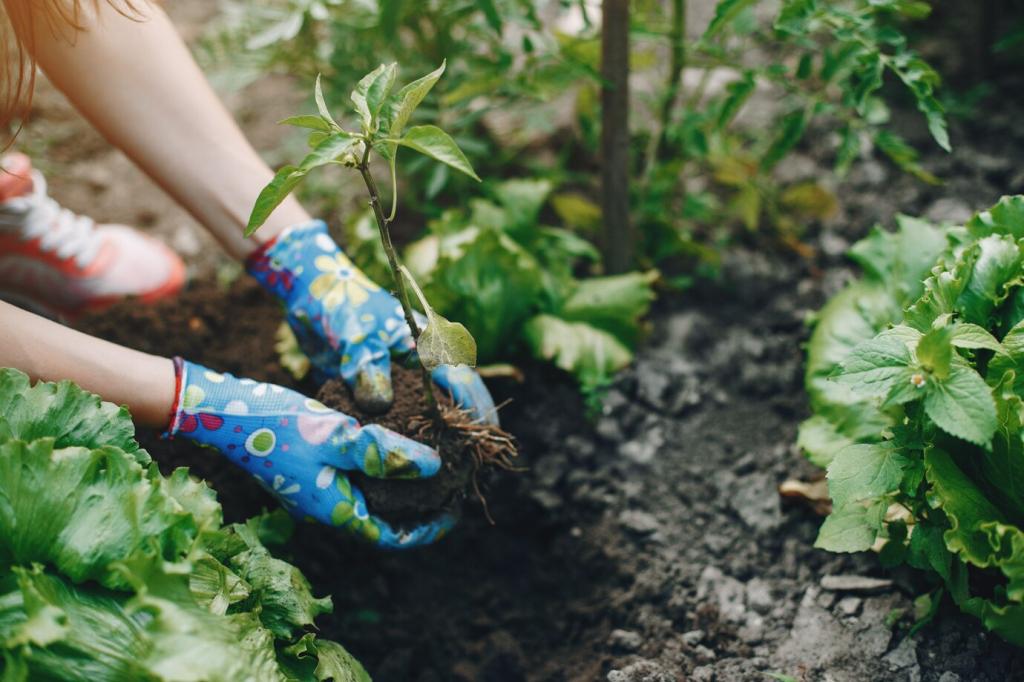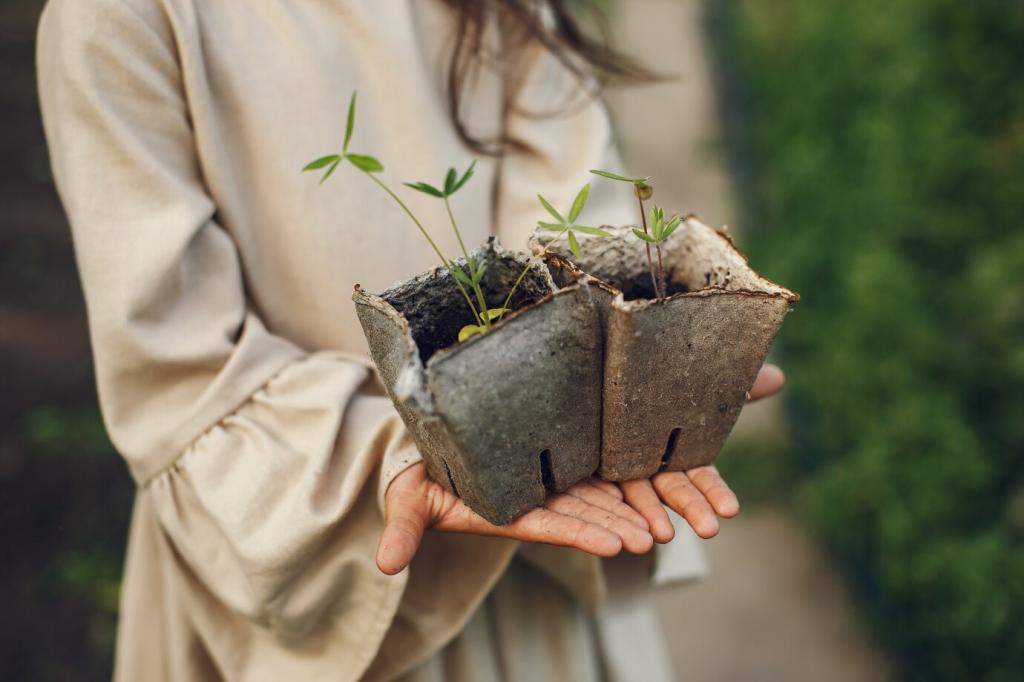Community and Citizen Science
Invite neighbors to observe blooms, list visiting species, and note gaps. These walks spark ideas and build momentum for shared plantings. Post a date for yours and we’ll cheer you on and gather follow-up insights.
Community and Citizen Science
Use simple photos to document bees, butterflies, and flower visits. Platforms like community science apps help identify species and track change. Share a link to your first upload and what surprised you most about the experience.
Community and Citizen Science
Schoolyards and community plots can anchor safe spaces with signage, water stations, and native plant borders. Encourage student observations and seasonal journals. Subscribe for printable mini-guides and tell us how your group plans to start.







